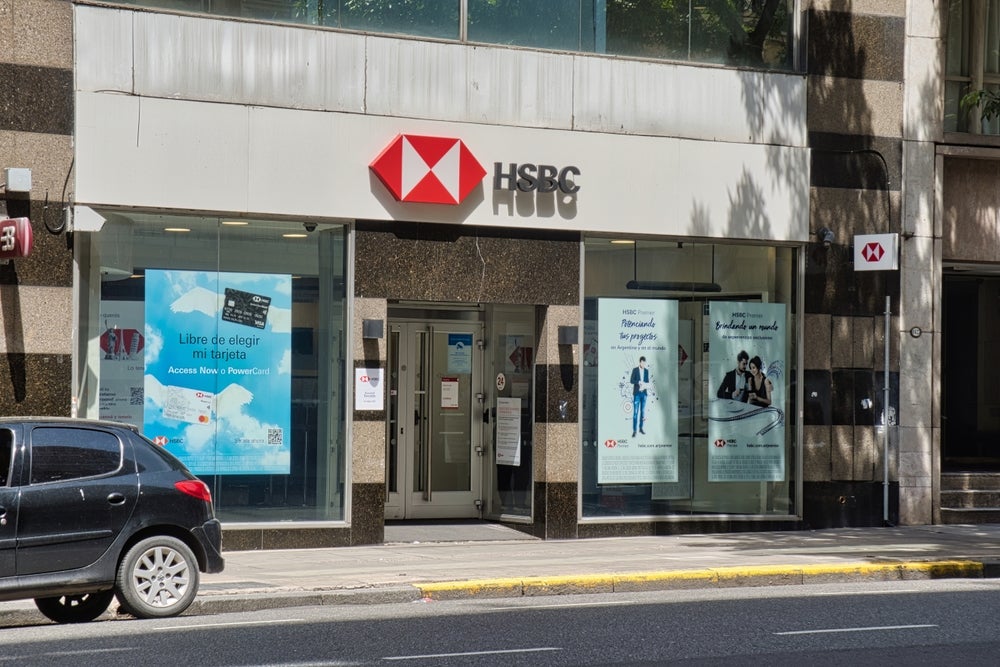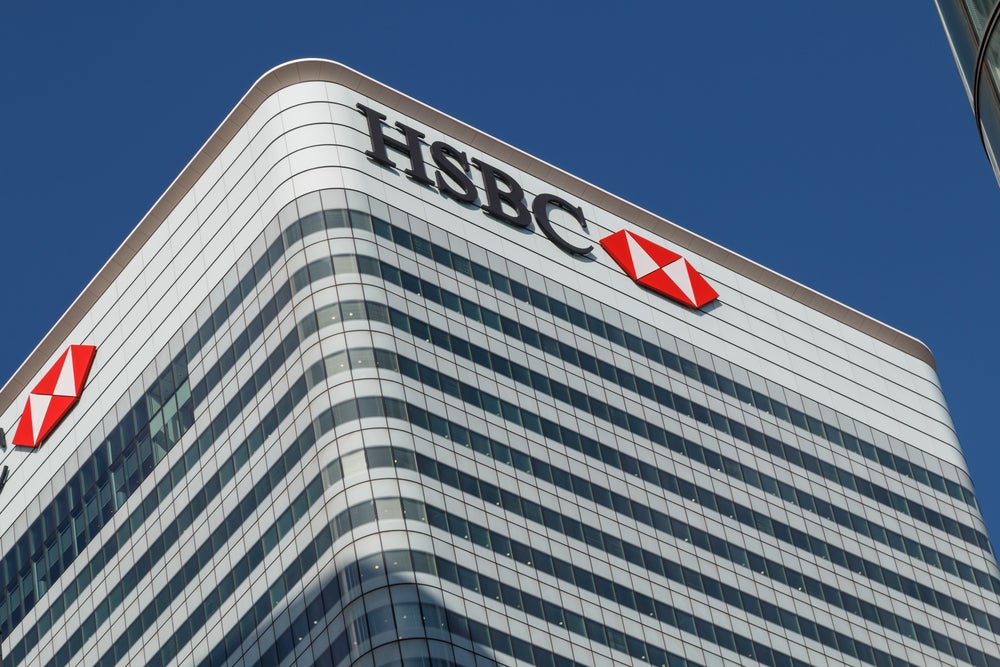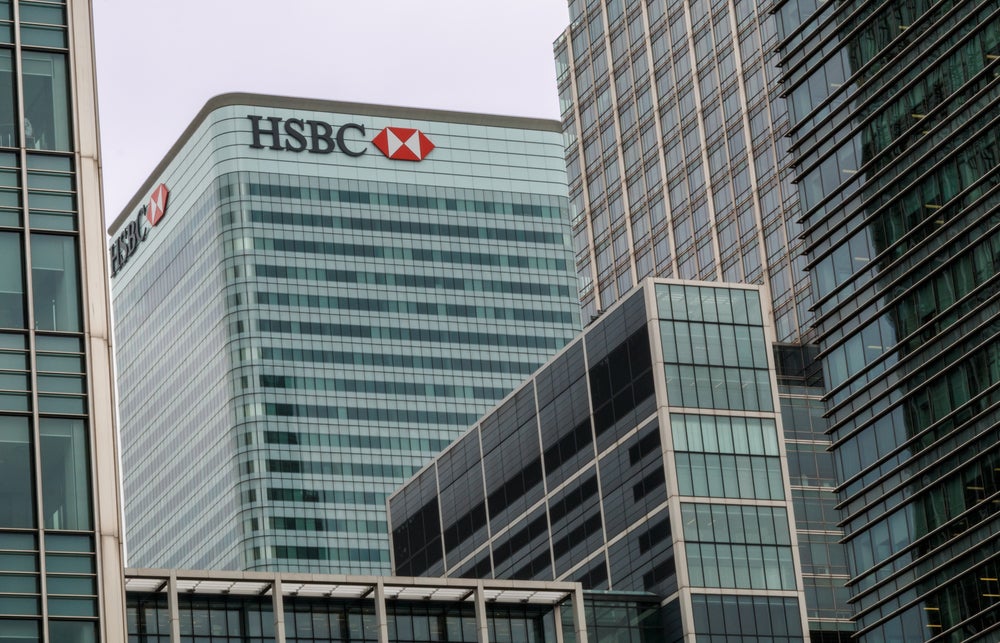The world’s largest retail bank,
HSBC, has bitten the bullet and announced that it will raise
capital – some £12.5 billion ($17.7 billion), a record for a
UK-headquartered institution – in a move indicative of both a
souring outlook for its markets in Asia and the ongoing disaster of
Household, the US consumer finance business it purchased for $14.7
billion in stock in 2003.
HSBC’s chairman, Stephen Green, speaking after
the bank announced a 62 percent fall in pre-tax profit for 2008 to
$9.3 billion, admitted for the first time that the acquisition had
been a mistake. The group took a $10.6 billion goodwill charge on
Household, now known as HSBC Finance, effectively marking the
business down as worthless. As a result, HSBC said it would close
the vast majority of its 800 HSBC Finance branches in the US.
Total personal lending at HSBC Finance, $170
billion as of 31 December 2008, accounted for 39 percent of all
retail lending at HSBC, while the US mortgage book accounts for a
similar amount of total mortgage lending. The amount of residential
mortgages in arrears by two months or more rose by 79 percent on
the year and by 31 percent in the final quarter of 2008 alone.
Green stressed that HSBC would keep – and
invest in – its non-consumer finance US retail banking business as
well as its US credit card operation, stating “the US remains the
world’s largest economy and HSBC remains committed to the US, which
we see as a core market”. The HSBC Direct online savings offering
in the US performed well in difficult market conditions, for
instance: the average balance was up $2.0 billion to $13.2 billion
at year-end.
105 million retail banking
customers
Due overwhelmingly to its US consumer
finance exposure, HSBC posted a $10.97 billion loss for its
Personal Financial Services division, the group’s
105-million-customer global retail banking unit.
How well do you really know your competitors?
Access the most comprehensive Company Profiles on the market, powered by GlobalData. Save hours of research. Gain competitive edge.

Thank you!
Your download email will arrive shortly
Not ready to buy yet? Download a free sample
We are confident about the unique quality of our Company Profiles. However, we want you to make the most beneficial decision for your business, so we offer a free sample that you can download by submitting the below form
By GlobalDataHSBC’s extremely valuable cards franchise was
again the biggest contributor to overall group income in 2008:
$5.84 billion, down 10 percent year-on-year but up 8 percent on
2006’s figure. HSBC’s successful mass affluent service, Premier,
aimed at people earning around $100,000, grew to 2.6 million
customers in 2008; 472,000 net new customers joined, of whom 80
percent were new to the group. The service was extended to a
further six countries, taking the total to 41 countries (HSBC as a
whole operates in 86).
Outside the US, HSBC’s performance was more
impressive, but the question is whether the group can sustain such
growth amid what is now a truly global recession. Its two domestic
markets, the UK and Hong Kong, are in sharp decline, and the signs
are that some of HSBC’s growth markets in Asia and Latin America
could snap backwards in 2009. Hong Kong, HSBC’s most profitable
individual region for retail banking, saw retail profit fall 19
percent to $3.43 billion last year, though regulations restricting
loan-to-value mortgage originations to below 70 percent limited the
effect of a steep property market decline in the territory.
UK retail profit up 27% to £1.11
billion
 HSBC’s other principle retail
HSBC’s other principle retail
market, the UK, held up well as the bank benefited from a
much-vaunted flight to quality, though profits plunged sharply in
the second half of the year as consumer demand fell away and
deposit spreads came under severe pressure. Its UK Personal
Financial Services unit saw profit rise by 27 percent on the year,
though income for the last six months of 2008 was just $382 million
compared with $1.16 billion for the first half of the year.
Two countries where HSBC is expanding its
branch network, Turkey and Mexico, suffered notable rises in
consumer loan impairments (see Turkey survey). In Mexico,
impairment charges rose by $513 million or 69 percent, primarily in
the credit card portfolio.
HSBC says its expects parts of the Middle
East, Asia and Latin America to continue to outperform in 2009, but
the likelihood is that this outperformance will be predominately
witnessed in smaller nations less likely to contribute significant
chunks of revenue to the bank’s balance sheet, or in regions where
it does not yet have the capacity to produce a truly impressive
retail performance.
HSBC Group’s cost-income ratio for 2008
deteriorated by 10.7 percentage points to 60.1 percent. The ratio
for its overall Personal Financial Services unit was 76.4 percent:
for North America, it was 106.8 percent; in Asia-Pacific, 73.5
percent; in Europe, 62.7 percent; in Latin America, 59.7 percent;
and in Hong Kong, 32.2 percent.
Further acquisitions are
possible
HSBC’s own reinforcement strategy,
the £12.5 billion rights issue which will raise core Tier 1 equity
from 7 percent at the end of December to 8.5 percent, is being
presented as a platform from which it may explore acquisition
opportunities.
Across 2008, HSBC made some notable
acquisitions, all in Asia: The Chinese Bank in Taiwan in March;
IL&FS Investsmart, a retail brokerage in India, in May; and, in
October, Bank Ekonomi in Indonesia. In an announcement on 3 March,
HSBC’s Asia chief executive, Sandy Flockhart, said the bank remains
on the lookout for potential buys in core markets including China,
India, Indonesia and Taiwan (see Dealwatch tables).
Writing in the 2008 annual report, Green, HSBC’s chairman, said:
“Our strategy has been tested and remains intact. We will continue
to build our business by focusing on faster-growing markets around
the world and on businesses where international connectivity is
important – all from a position of financial strength. If anything,
the current crisis validates our renewed focus over the last few
years on fast growing economies, since it will accelerate the shift
in the world’s centre of economic gravity from west to east.”
|
Segments |
||
|
HSBC – profits by business line, |
||
|
$bn |
% of group total |
|
|
Personal Financial Services |
-10.97 |
-117.9 |
|
Commercial Banking |
7.194 |
77.3 |
|
Global Banking and Markets |
3.483 |
37.4 |
|
Private Banking |
1.447 |
15.6 |
|
Other |
8.157 |
87.6 |
|
Total |
9.307 |
100 |
|
Source: HSBC |
||
|
Country survey |
||||||||||||||||||||||||||||||||||||||||||||||||||||||||||||
|
Top banking groups headquartered |
||||||||||||||||||||||||||||||||||||||||||||||||||||||||||||
|
Group pre-tax profit |
Retail banking |
Retail loans |
Retail deposits |
|||||||||||||||||||||||||||||||||||||||||||||||||||||||||
|
FY08 |
% change |
FY08 |
% change |
FY08 |
% change |
FY08 |
% change |
|||||||||||||||||||||||||||||||||||||||||||||||||||||
|
HSBC (UK only)(2) |
4,782 |
15.4 |
1,106 |
26.6 |
203 |
21.9 |
214 |
12.7 |
||||||||||||||||||||||||||||||||||||||||||||||||||||
|
Barclays (Group)(3) |
6,077 |
-14.1 |
3,091 |
15.7 |
460 |
33.9 |
334 |
13.6 |
||||||||||||||||||||||||||||||||||||||||||||||||||||
|
Barclays (UK only) |
n/d |
n/d |
1,369 |
7.4 |
94 |
15.3 |
90 |
2.9 |
||||||||||||||||||||||||||||||||||||||||||||||||||||
|
Lloyds Banking Group |
805 |
-79.8 |
1,669 |
1.8 |
127 |
10.9 |
85 |
4.3 |
||||||||||||||||||||||||||||||||||||||||||||||||||||
|
RBS (UK only) |
n/d |
n/d |
5,660 |
-8.8 |
98 |
5.6 |
96 |
-0.2 |
||||||||||||||||||||||||||||||||||||||||||||||||||||
|
RBS (Group) |
-40,537 |
n/m |
1,764 |
-16.9 |
181 |
15.3 |
n/d |
n/d |
||||||||||||||||||||||||||||||||||||||||||||||||||||
|
Santander UK (Abbey)(4) |
1,874 |
3.1 |
1,497 |
-17.6 |
226 |
9.8 |
160 |
16.3 |
||||||||||||||||||||||||||||||||||||||||||||||||||||
|
HBOS(5) |
-10,825 |
n/m |
1,298 |
-32.0 |
255 |
1.3 |
144 |
-6.7 |
||||||||||||||||||||||||||||||||||||||||||||||||||||
|
Standard Chartered |
3,409 |
19.0 |
792 |
-33.5 |
49 |
1.0 |
n/d |
n/d |
||||||||||||||||||||||||||||||||||||||||||||||||||||
|
HSBC (Group) |
6,543 |
-61.6 |
-7,840 |
n/m |
656 |
-4.9 |
784 |
1.7 |
||||||||||||||||||||||||||||||||||||||||||||||||||||
|
n/d=not disclosed. n/m=not meaningful.
|
||||||||||||||||||||||||||||||||||||||||||||||||||||||||||||







